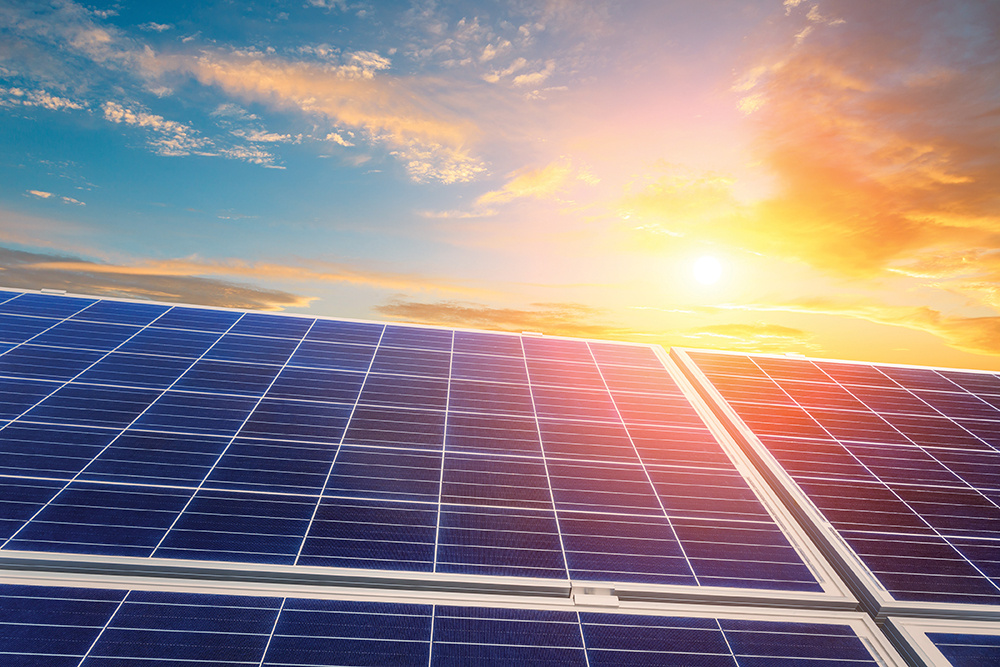The Nkhotakota Solar Power Plant, one of Malawi’s first commercial scale-independent solar power projects, has received assurance for US$ 67M financial support from the African Trade Insurance Agency (ACA) under the Regional Liquidity Support Facility (RLSF), that is designed to cover the late-payment risks of publicly owned power utilities.
Also Read: Mozambique inks deal to complete Mozambique-Malawi Interconnection Project
The solar power plant, which is being developed in two phases of 21 MWac and 16 MWac, is the second renewable energy project to be backed by the ATI’s RLSF which is providing liquidity cover for a tenor of up to 10 years.
The first project to benefit from RLSF was the 7.5MW Gigawatt Global’s solar power plant in Burundi which upon completion became the country’s first private grid-connected solar plant and the first permanent power station in 30 years.
About the Nkhotakota Solar Power Plant project
The Nkhotakota Solar Power Plant project is part of the Malawian government’s plan to move the East African country from its reliance on hydropower, which currently represents over 90% of its energy mix. The project stems from the country’s first competitive tender in the power sector leading to a 20 year Power Purchase Agreement (PPA) signed between the Project Company and Malawi’s national utility, Electricity Supply Corporation of Malawi Limited (ESCOM), in February last year.
The international consortium behind the project consists of two project developers, which are Kenya-based responsAbility Renewable Energy Holding (rAREH), the primary equity partner providing equity financing, and UAE-based Phanes Group. The two developers are working together with the U.S. International Development Finance Corporation (DFC) – formerly the Overseas Private Investment Corporation (OPIC) – which is contributing debt financing, and Natsons which is the local development partner.
Upon completion, the project is expected to add a significant 37 MWac of clean energy to the national capacity, which is currently estimated at 362 MWac. This will be enough to power additional 150,000 Malawian households at the least.
